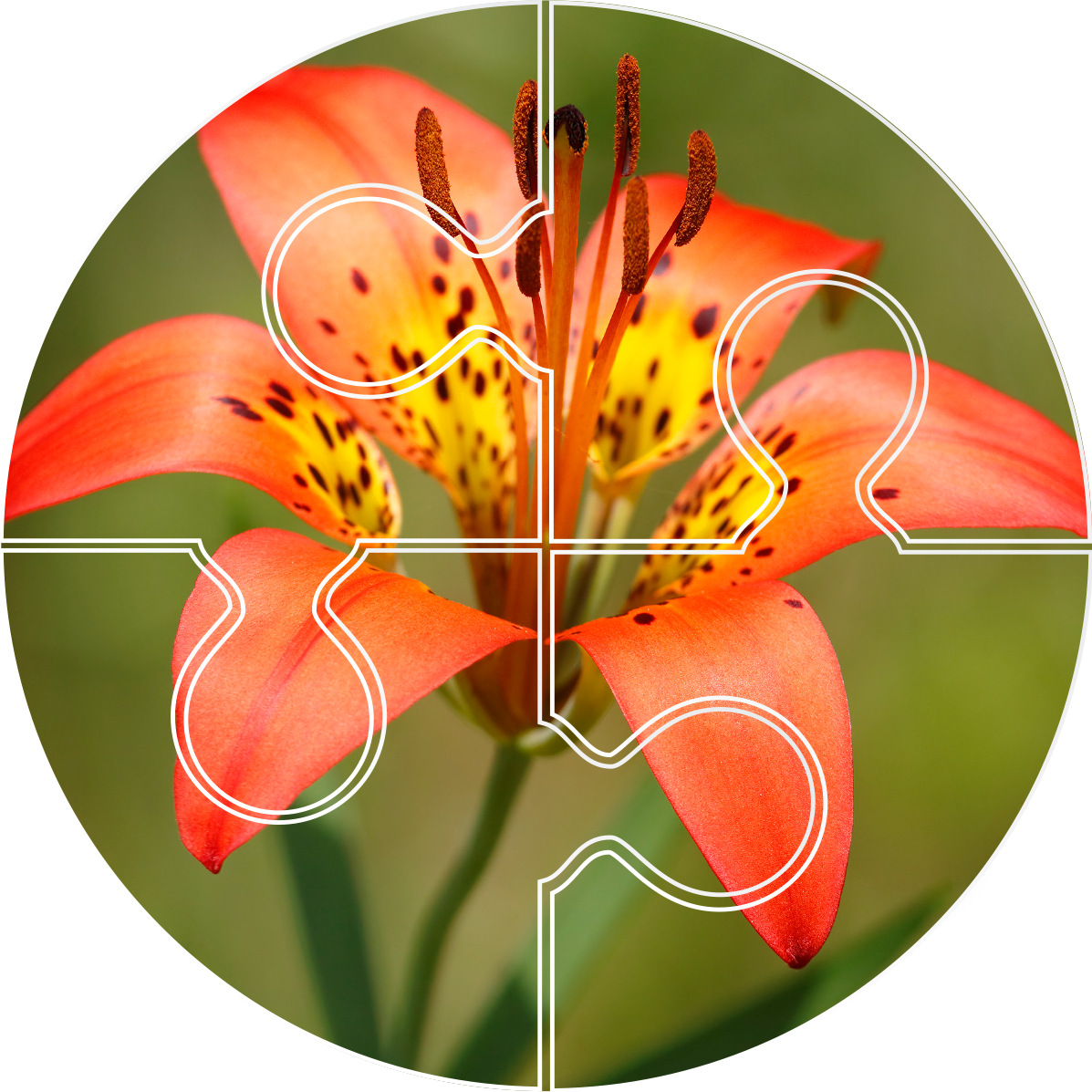Life Discovery FMN
FAQs
QUBES Knowledge Base
- Where to go for help navigating the QUBES website.
Frequently Asked Questions
1. What are faculty mentoring networks?
Faculty Mentoring Networks (FMNs) are a method for building supportive communities of faculty interested in addressing similar challenges around teaching quantitative biology. FMNs usually consist of anywhere from ten to twenty faculty participants working with content and pedagogical mentors from the community. The groups share a private space on the QUBESHub where they can have discussions, share resources, and manage group projects. The larger group is subdivided into smaller groups to facilitate discussions. Faculty work together to brainstorm, plan, troubleshoot and generally support one another in their efforts to implement new materials or approaches in the classroom. Mentors facilitate the discussion and provide some guidance and resources.
As faculty grapple with the many details and new challenges of implementing fundamental changes in their classrooms, ongoing community interaction is vital. The virtual nature of FMNs makes this long-term interaction possible by reducing both time and financial barriers to participation.
2. Is this opportunity only available to full-time faculty or can a long-term adjunct faculty member apply? What about K-12 educators?
Yes, adjunct faculty are welcome to apply. Postdocs who are teaching are also encouraged to apply. Unfortunately, we are unable to support K-12 educators for this opportunity due to NSF funding restrictions.
3. What modules can I choose?
You can select a module you are already teaching, one of the ones in EcoEdDL or one of the presentations at the 7th Life Discovery - Doing Science Education conference. Please keep in mind that the module you select will be submitted to EcoEdDL and therefore, will need to comply with our copyright policy. All copyright belongs to the author.
Materials in EcoEdDL are published on a CC-BY-NC 4.0 basis. All materials published in EcoEdDL may be reused, repurposed or remixed without additional clearance. Please note: if a module contains non-original material, copyright clearance should be secured prior to submission. Participants will receive a submission template.
4. How many modules do I need to implement or submit for publication?
We expect participants to publish a complete module but you may implement portions of the module in your course(s). We hope that you will adapt the modules in a way that is appropriate for your course and your students.
5. When will I receive the stipend?
Stipends will be issued after all the requirements are complete.
More Questions?
Please contact: education@esa.org
